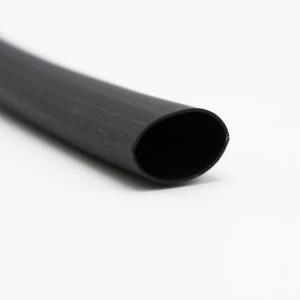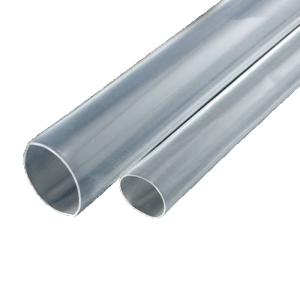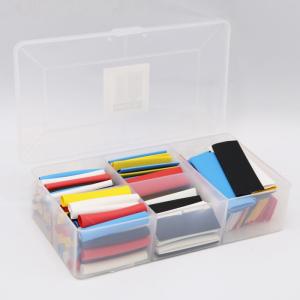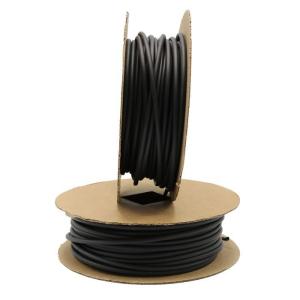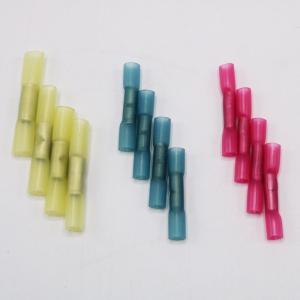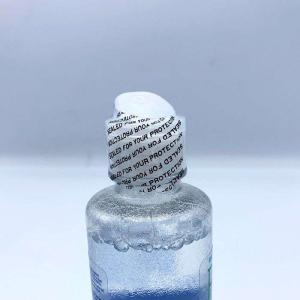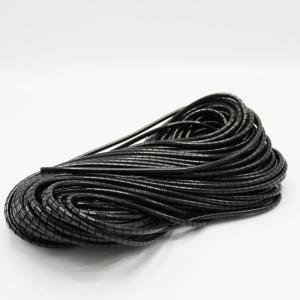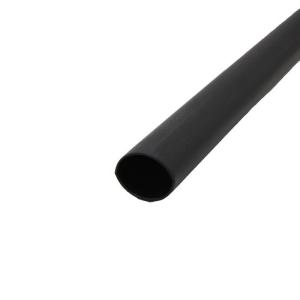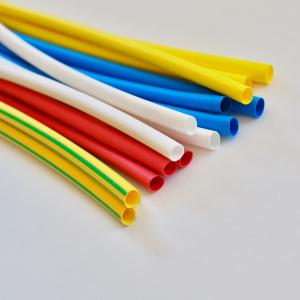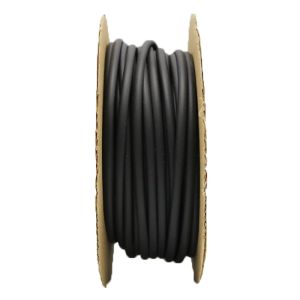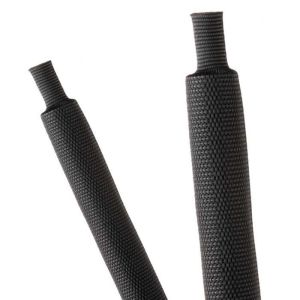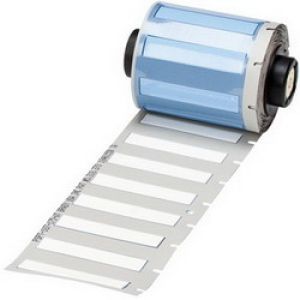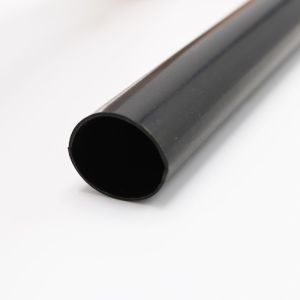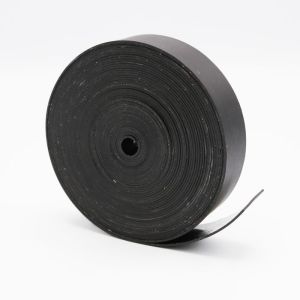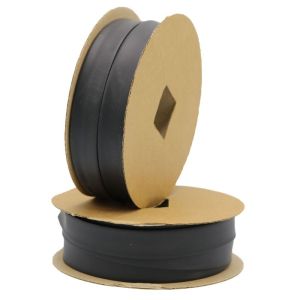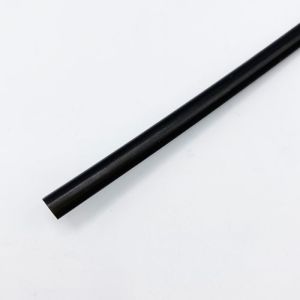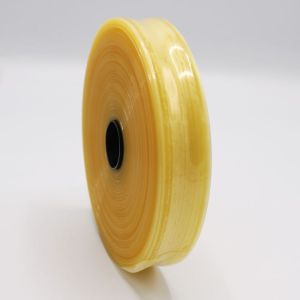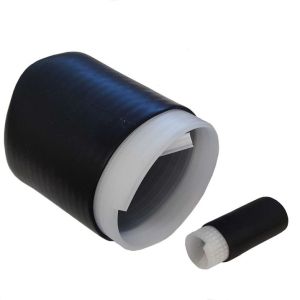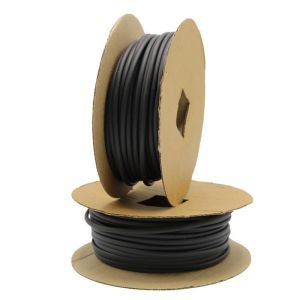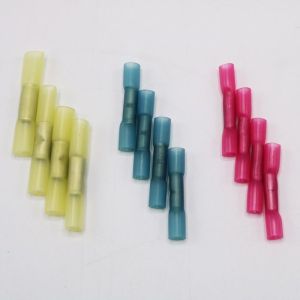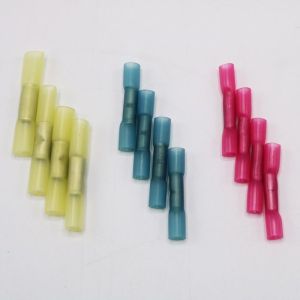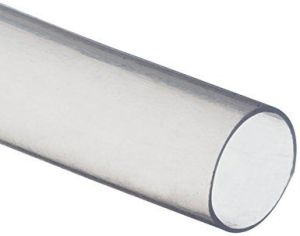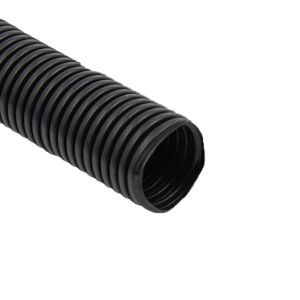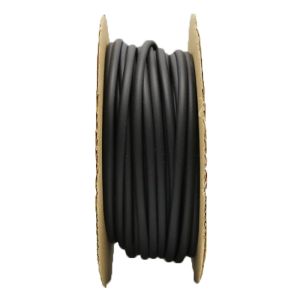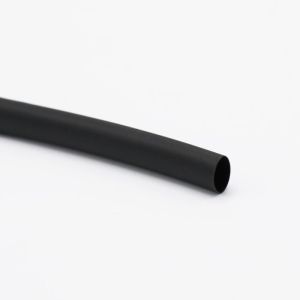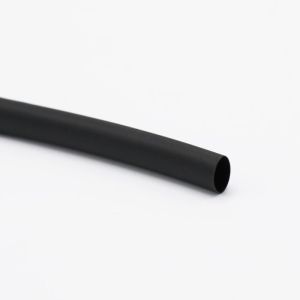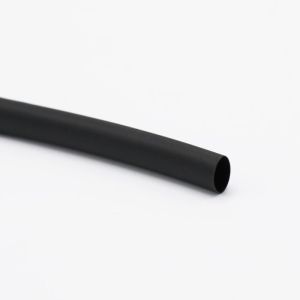Heat Shrink & Non-Shrink Tubing
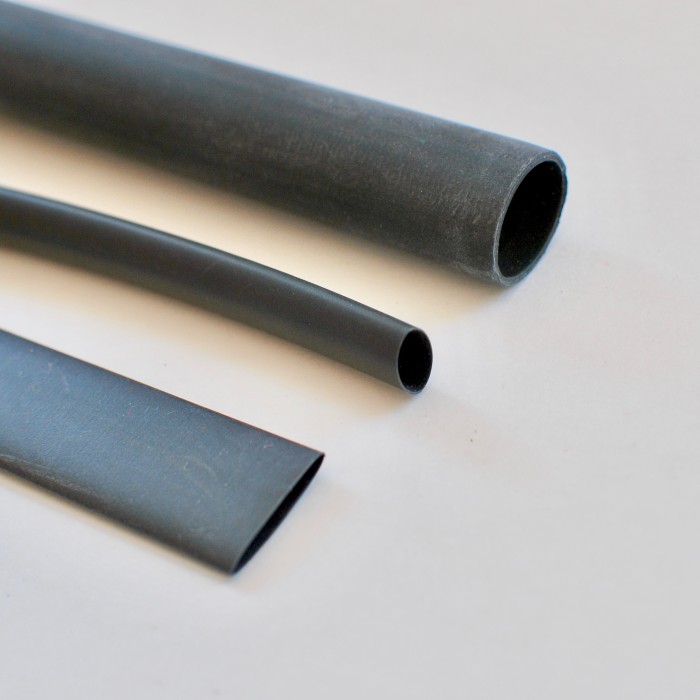
A: Heat shrink tubing is shrinkable plastic tubing primarily used to insulate wires. The tight seal, created by shrinking the insulating plastic, provides long-term abrasion resistance and protection from environmental harm. By creating an additional layer of protection for wires, heat shrink ensures the longevity of the wiring work and the safety of the user. Heat shrink is ideal for all stranded and solid wire conductors, connections, joints and terminals commonly found in electrical work. Other names for heat shrink include: shrink wrap, shrink band, shrink tubing, heat shrink sleeve, heat shrink sleeves, and heat shrinkable tubing.
A: Heat shrink tubing may be formulated using any number of thermoplastics, but polyolefin, polyvinyl chloride (PVC), Viton® (for high-temp and corrosive environments), Neoprene®, polytetrafluoroethylene (PTFE), fluorinated ethylene propylene (FEP) and Kynar® are the most common. These polymers cover most of the anticipated need for heat shrink insulation, but when a tighter seal is required, an adhesive lining is applied to the interior to promote the tightest possible bond with internal materials. The resulting seal is so strong that it protects against moisture and may even be waterproof. Further, to promote an electrical connection between multiple conductive objects joined by tubing, a conductive polymer film may be added, which does not require soldering. BuyHeatShrink® carries tubing varieties that are flame retardant, single wall, adhesive lined (dual wall), ultra thin wall, extreme heat and chemical resistant, abrasion resistant in material-types, such as polyolefin heat shrink tubing, fluoropolymer (PVC, FEP, PTFE, Kynar® PVDF), chlorinated polyolefin (Neoprene®) and highly flexible elastomer (Viton®) heat-shrinkable tubing.
A: The recommended temperature required to shrink common polyolefin heat shrink is around 90°C/194°F. Always apply heat indirectly, back and forth across tubing.
Note the following approximate heat shrink temperatures:
-
- Polyolefin Heat Shrink Tubing: 100°C/212°F
-
- PVC Heat Shrink Tubing: 100°C/212°F
-
- Cross-Linked PVC Heat Shrink Tubing: 100°C/212°F
-
- Polyolefin Adhesive Lined Heat Shrink Tubing: 121°C/250°F
-
- Polyolefin Adhesive Lined Heat Shrink Tubing: 135°C/275°F
-
- PVC Adhesive Lined Heat Shrink Tubing: 100°C/212°F
-
- PVC Adhesive Lined Cross-Linked Heat Shrink Tubing: 100°C/212°F
-
- USFDA Food Grade Heat Shrink Tubing: 121°C/250°F
-
- Acrylated Olefin USP Class VI Medical Grade Heat Shrink Tubing: 121°C/250°F
-
- Polyvinylidene Fluoride USP Class VI Medical Grade Heat Shrink Tubing: 175°C/347°F
-
- Polyvinyl Chloride USP Class VI Medical Grade Heat Shrink Tubing: 93°C/200°F
-
- Kynar® Heat Shrink Tubing: 175°C/347°F
-
- Neoprene® Heat Shrink Tubing: 135°C/275°F
-
- Viton® Heat Shrink Tubing: 175°C/347°F


